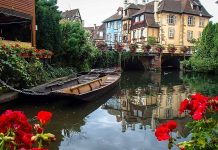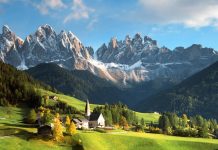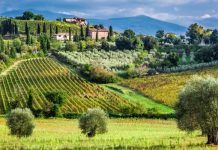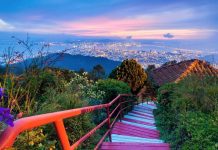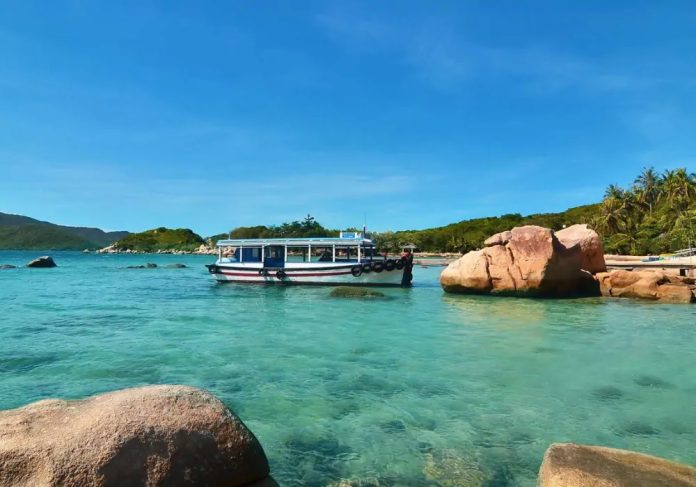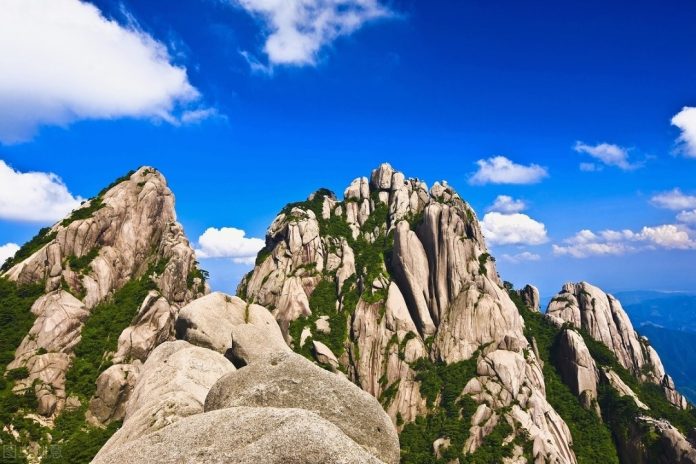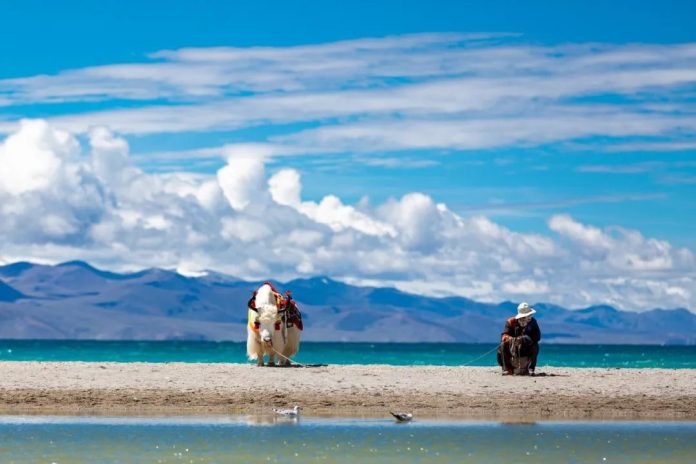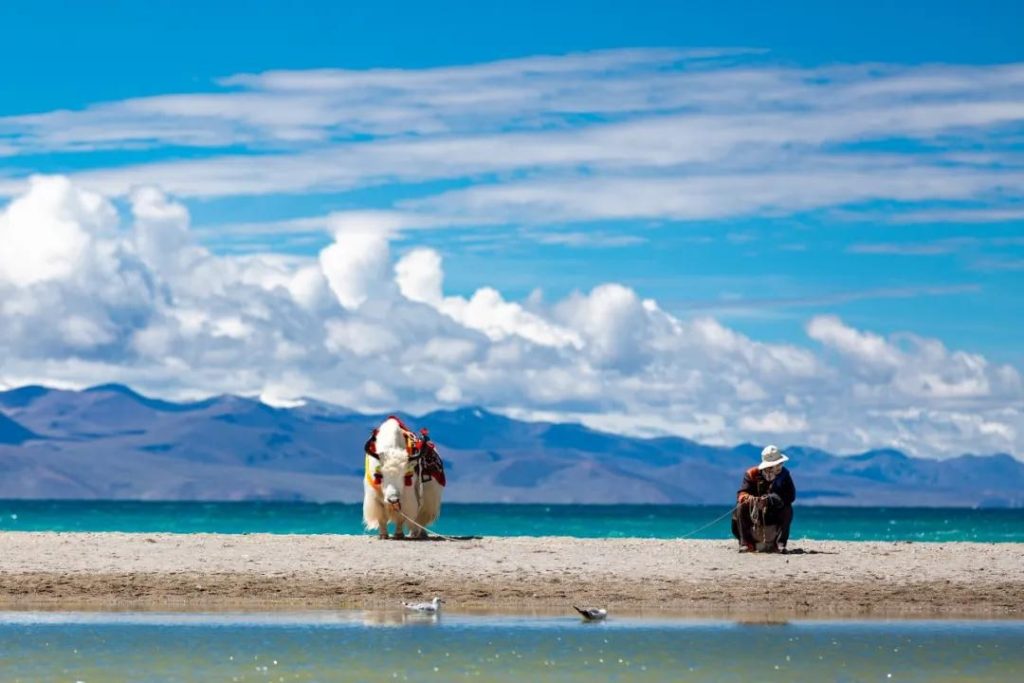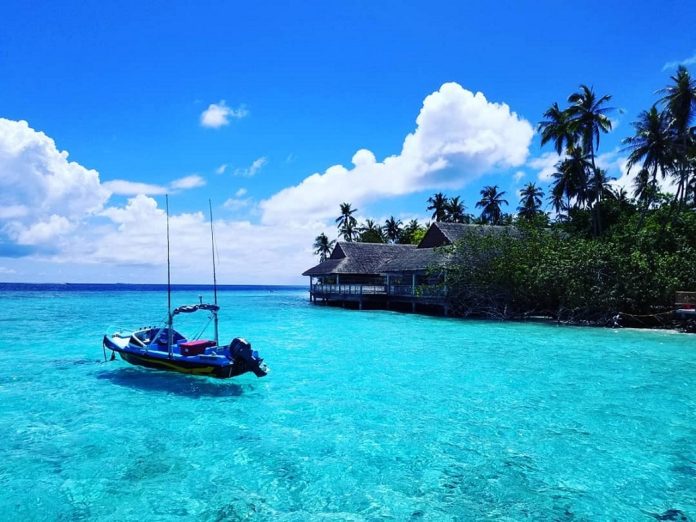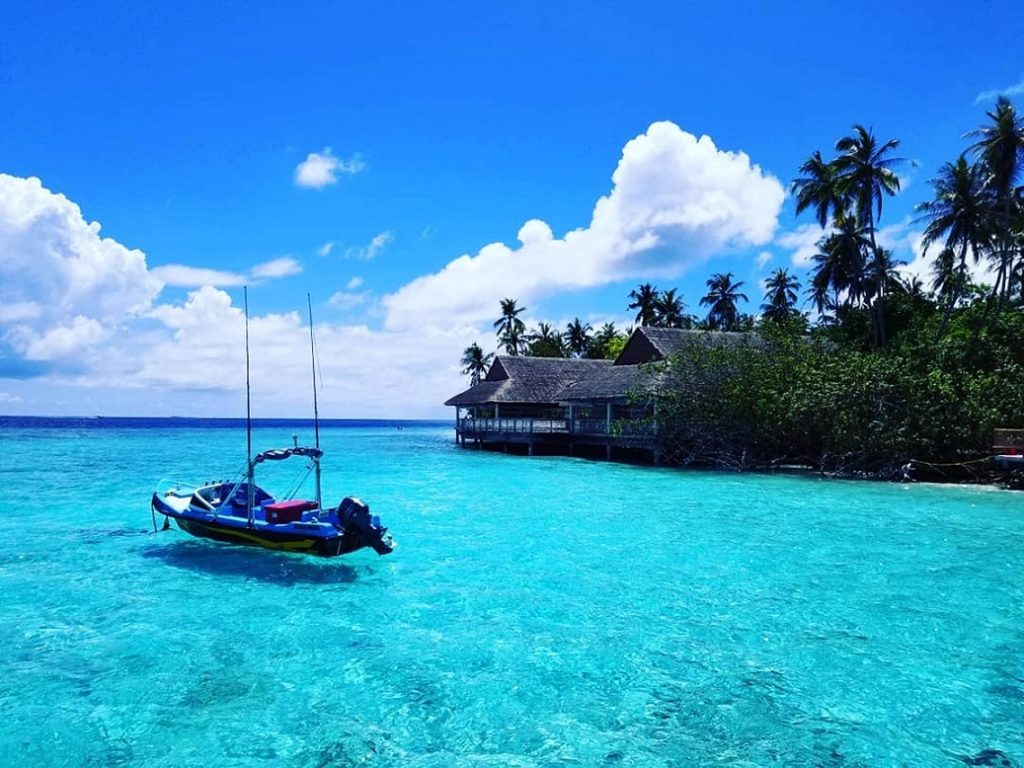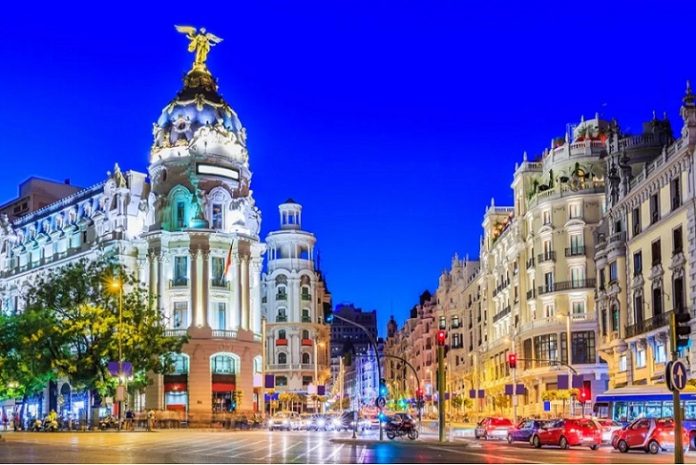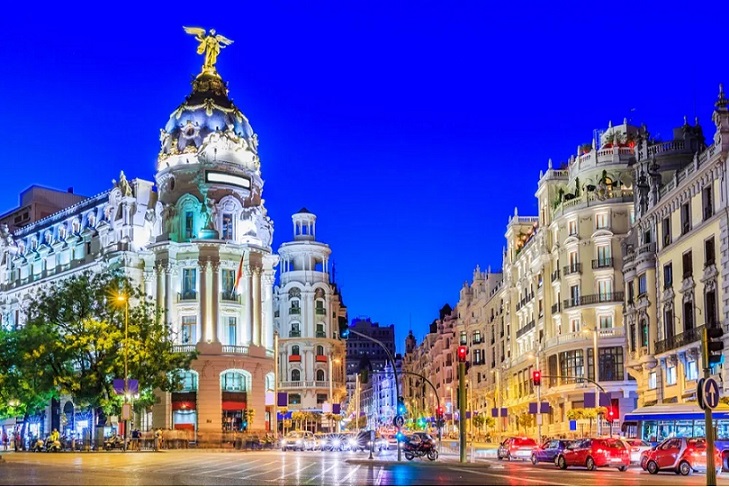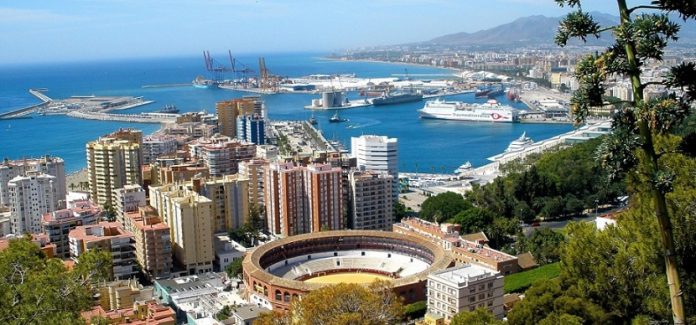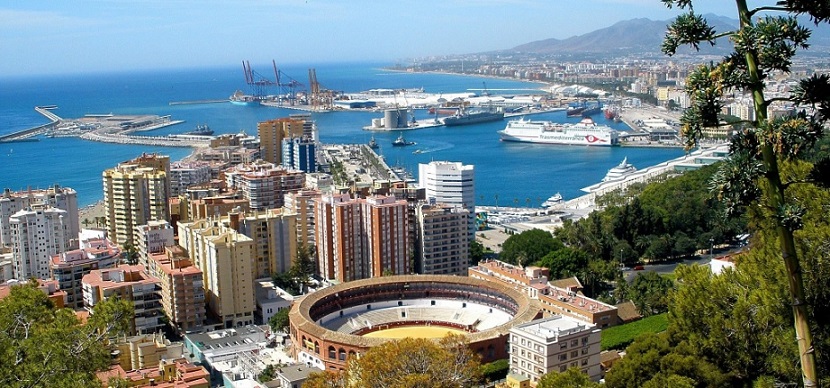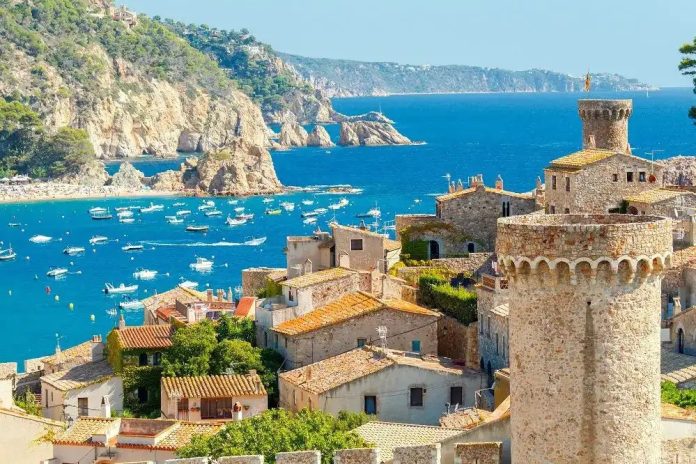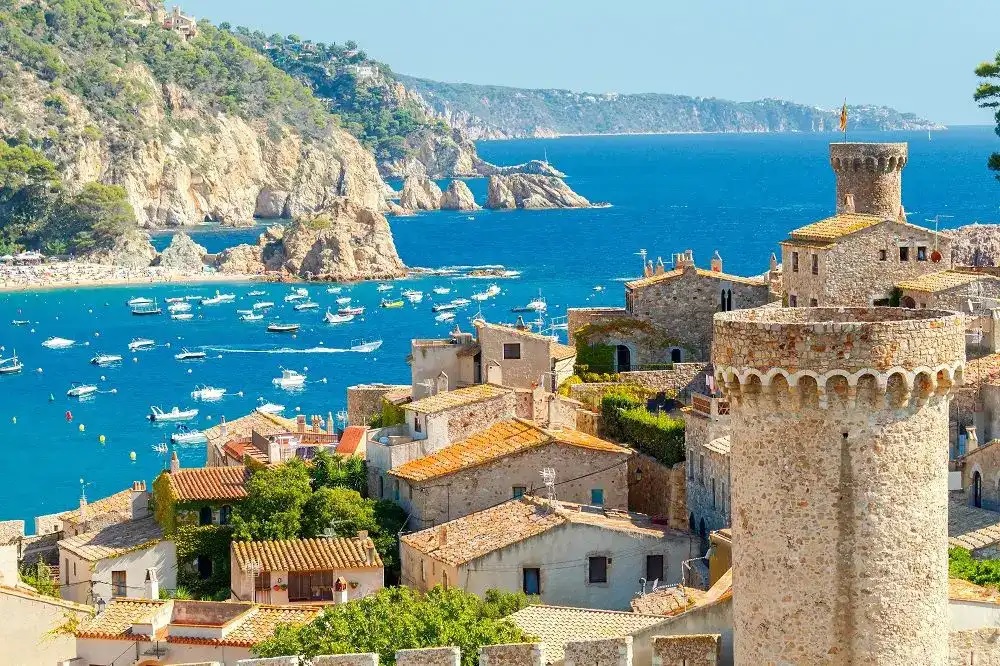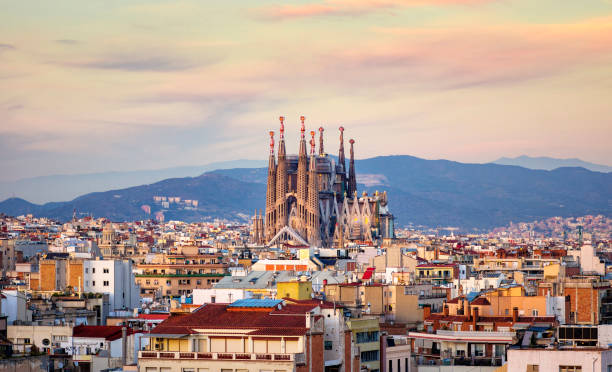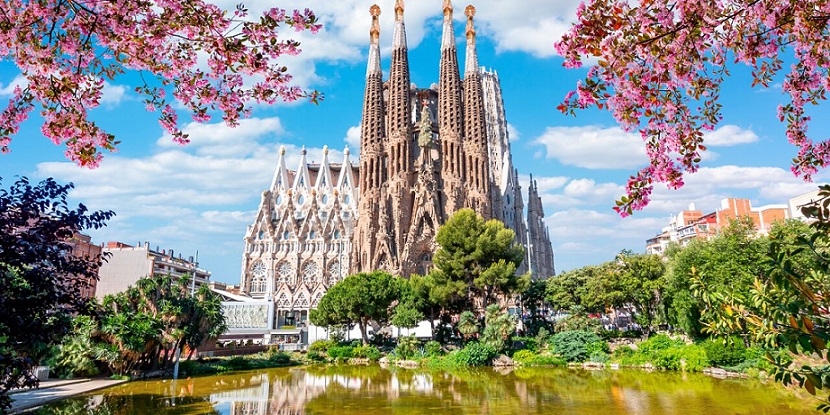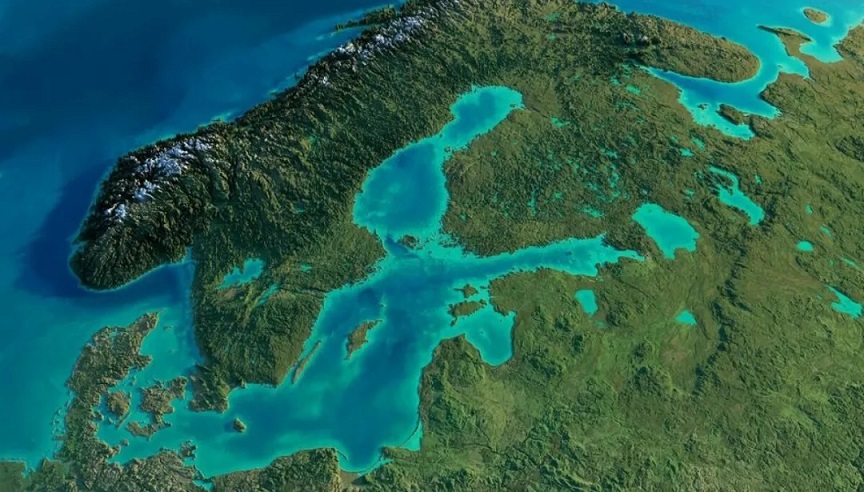
🌵 Canary Islands: Spain’s “Islands of Eternal Spring” – Volcanic Beaches & Sunshine
The Canary Islands, an archipelago located off the northwest coast of Africa but belonging to Spain, are often called the “Islands of Eternal Spring” due to their year-round mild climate. With dramatic volcanic landscapes, golden and black sand beaches, lush forests, and vibrant culture, this destination is a paradise for nature lovers, beachgoers, and adventure seekers alike.
🌋 A Volcanic Wonderland
Formed by volcanic activity millions of years ago, the Canary Islands boast some of the most unique geological formations in the world. The islands are home to:
- Mount Teide (Tenerife): Spain’s highest peak and one of the world’s largest volcanoes, located in Teide National Park, a UNESCO World Heritage Site. Visitors can take a cable car up for breathtaking views.
- Timanfaya National Park (Lanzarote): A surreal, Mars-like landscape with geothermal demonstrations where heat from underground volcanoes grills food at restaurants.
- La Palma’s Volcanic Route: Known as La Isla Bonita (The Beautiful Island), it offers hiking trails through ancient lava fields and the Caldera de Taburiente, a massive volcanic crater.
🏖️ Beaches: From Golden Sands to Black Shores
Each island has its own unique coastline:
- Tenerife:
- Playa de Las Teresitas – Imported golden sand from the Sahara, with calm turquoise waters.
- Playa Jardín – Black volcanic sand surrounded by lush gardens, designed by César Manrique.
- Fuerteventura: Famous for its long stretches of white sand, like Corralejo Dunes Natural Park, resembling a desert oasis.
- Lanzarote:
- Papagayo Beaches – Crystal-clear waters and golden bays, perfect for snorkeling.
- Playa de Famara – A dramatic black sand beach with towering cliffs, ideal for surfers.
- Gran Canaria: Maspalomas Dunes, a mini-desert by the sea, offers a unique Saharan-like landscape.
☀️ Perfect Weather All Year Round
Thanks to their subtropical climate, the Canaries enjoy eternal spring, with temperatures ranging between 18°C (64°F) in winter and 26°C (79°F) in summer. The cooling trade winds and microclimates mean you can find sunshine almost any time of the year, making it a perfect escape from colder European winters.
🌿 Diverse Nature & Outdoor Adventures
Beyond beaches, the islands offer incredible biodiversity:
- La Gomera’s Garajonay National Park: A UNESCO-listed laurel forest with misty, fairy-tale hiking trails.
- Anaga Rural Park (Tenerife): Ancient rainforests with rugged cliffs and hidden villages.
- El Hierro: A UNESCO Biosphere Reserve, perfect for diving in its marine reserve, La Restinga.
Adventure activities include:
✔ Hiking volcanic trails
✔ Surfing & windsurfing (Fuerteventura & Lanzarote are top spots)
✔ Whale & dolphin watching (Tenerife & La Gomera)
✔ Stargazing (La Palma is one of the world’s best locations)
🍽️ Canarian Cuisine: A Taste of the Islands
Local dishes reflect Spanish, African, and Latin influences:
- Papas Arrugadas – Wrinkled potatoes with spicy mojo sauce.
- Gofio – A traditional flour made from roasted grains, used in soups and desserts.
- Fresh Seafood – Try vieja (parrotfish) or lapas (limpets).
- Canarian Wines – Especially from Lanzarote’s volcanic vineyards.
🎉 Festivals & Culture
The islands have a lively cultural scene:
- Carnival of Santa Cruz de Tenerife – One of the world’s biggest, rivaling Rio’s.
- Romerías – Traditional pilgrimages with folk music and dancing.
- Fiesta de San Juan – Beach bonfires and midnight swims on June 23rd.
✈️ How to Get There & Best Time to Visit
- Flights: Major airports in Tenerife, Gran Canaria, Lanzarote, and Fuerteventura, with connections from Europe.
- Best Time: Year-round! Spring (March-May) and autumn (September-November) are ideal for fewer crowds.
Final Thoughts
The Canary Islands are a dream destination where volcanic wonders meet endless sunshine. Whether you seek relaxation on unique beaches, thrilling hikes through otherworldly landscapes, or vibrant local culture, these islands offer an unforgettable escape.
Ready to explore the “Islands of Eternal Spring”? 🌞🌴



